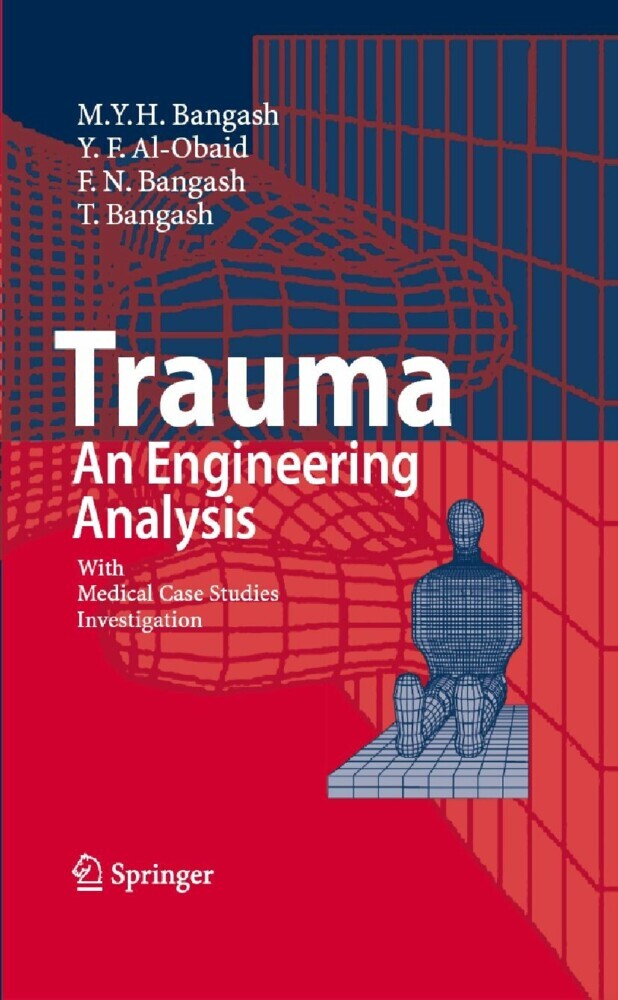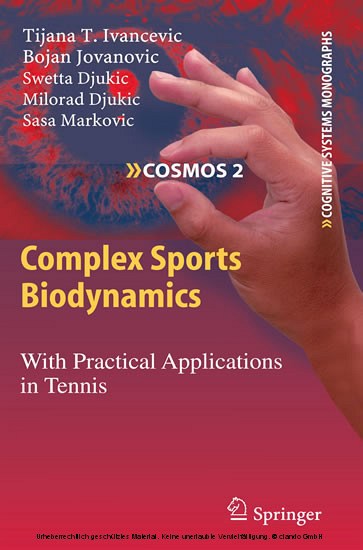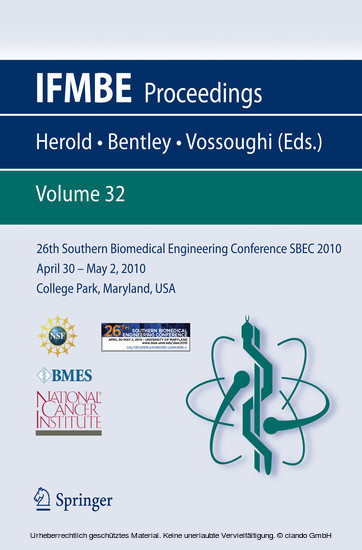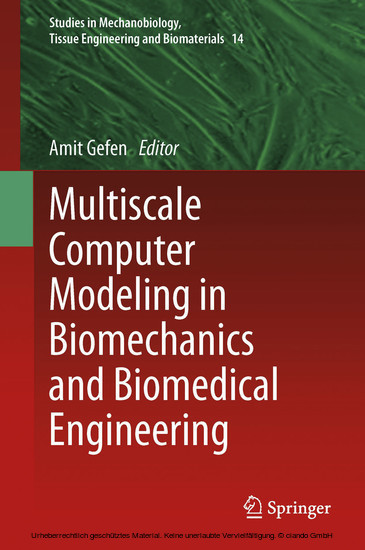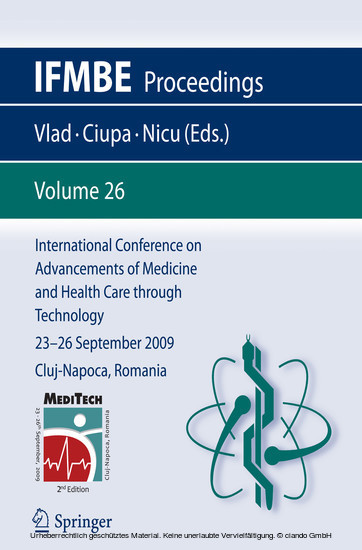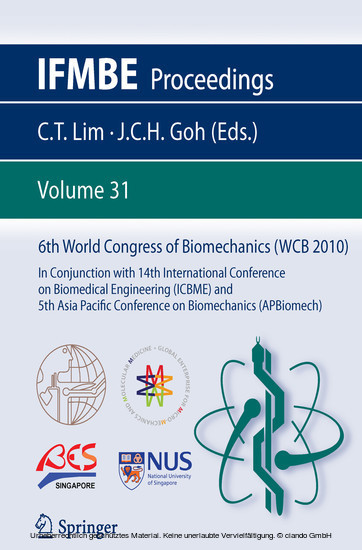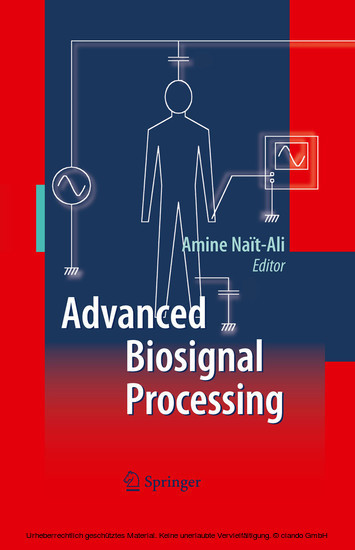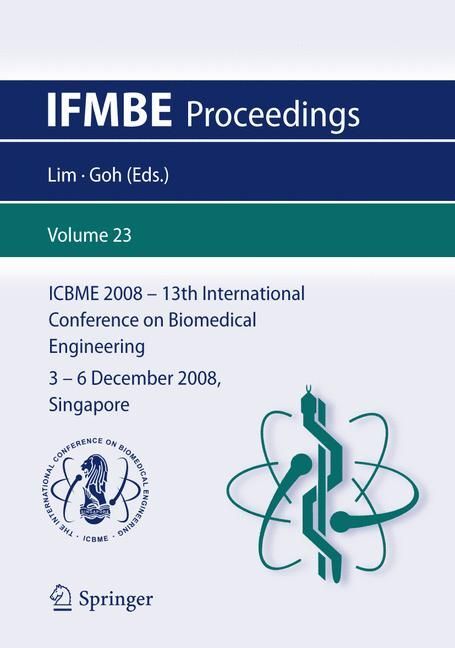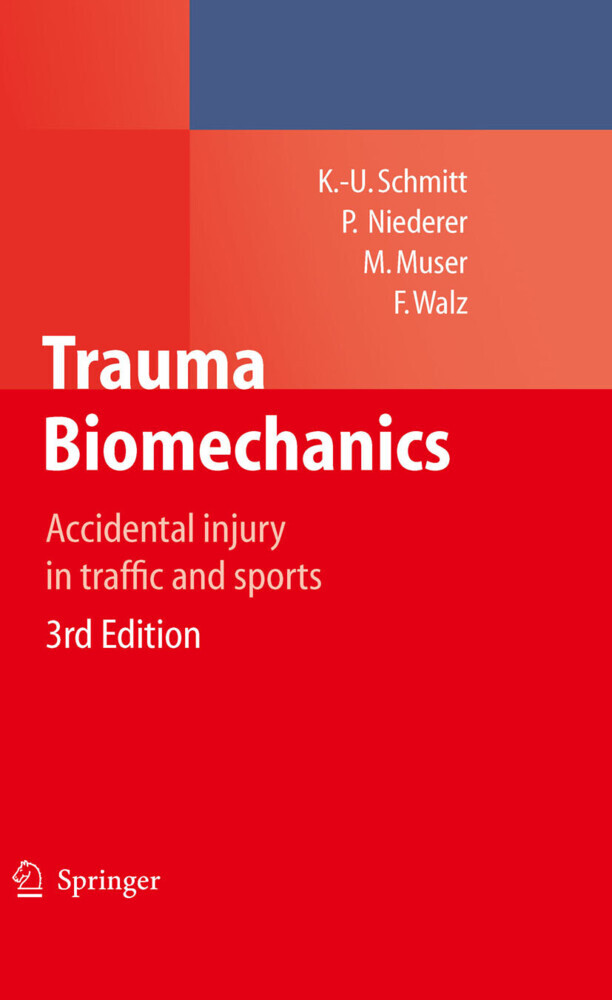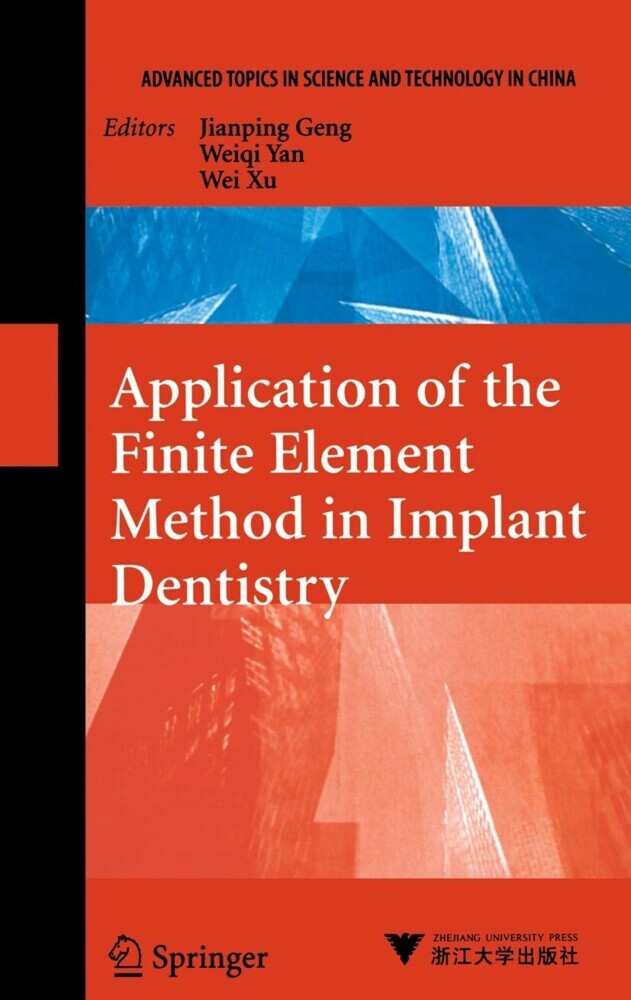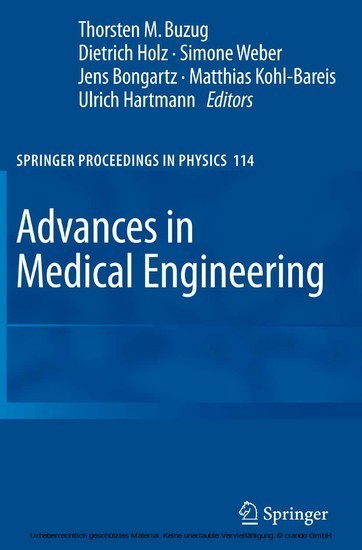Trauma - An Engineering Analysis
With Medical Case Studies Investigation
The purpose of this book is to bring together experts from the medical and engineering fields in which trauma acts as a fulcrum in understanding the engineering approach to medical cases. The emphasis of this book is on the retrospective study of medical scenarios as seen from the engineering perspective. An in-depth study is required to ensure the accuracy of both medical and engineering data. Where static, dynamic, temperature and impact loads and velocities/accelerations are unknown; they are evaluated using the material properties and fracture geometry of case studies. From the analytical techniques, a prospective study would assist in predicting the outcome of post-trauma damage. Generally, the book covers a wide spectrum of trauma case studies and could be used in medico-legal test cases. The medical opinion can be translated into the engineering analysis there by validating or invalidating the total medical decisions. Hence the engineering profession in many simple and complicate medical test cases would assist the medical profession in providing results, thereby, cementing the bond between them on a common platform.
1;Preface;5 2;Dedication;8 3;Acknowledgement;9 3.1;Coversion Table;10 4;Contents;12 5;1 Trauma and Traumatic Injuries: General Introduction;24 5.1;1.1 Trauma Types and Management;24 5.2;1.2 Definitions;28 5.3;1.3 Human Body Regions and Organs;39 5.4;1.4 Brain Structure and Trauma;43 5.5;1.5 Thorax, Chest, and Shoulder;63 5.6;1.6 Traumatic Injuries of the Upper Extremities;66 5.7;1.7 Trauma and Abdominal Injuries;70 5.8;1.8 Trauma, Lower Limb, and Pelvis;72 5.9;1.9 Anthropomorphic Test Devices (ATD);76 6;2 Mechanics of Fracture and Dislocation;99 6.1;2.1 Introduction;99 6.2;2.2 Fractures and Dislocations;102 6.3;2.3 Dislocations;122 6.4;2.4 Instability;124 6.5;2.5 Initial Theory of Elasticity in Three Dimensions: A Step- by- Step Analysis;124 6.6;2.6 Strength Theories and Design;127 6.7;2.7 Initiation of Fracture;128 6.8;2.8 Four-Parameter Model;129 6.9;2.9 Finite Element Analysis for Traumatic Injury and Fracture;146 6.10;2.10 Hallquist et al. Method as Gap and Contact Element;153 7;3 Bones: Tissues and Material Properties;156 7.1;3.1 Introduction;156 7.2;3.2 The Cells of Bone and the Structure of Tissues;159 7.3;3.3 Summary;165 7.4;3.4 Material Properties as Input in Numerical Models;166 7.5;3.5 Fatigue Strength of Cancellous Bone;169 7.6;3.6 Additional Material Properties of Cortical Bone;171 8;4 Material Properties, Clinical Data on Tolerance Thresholds Used for Assessing Numerical Modeling;173 8.1;4.1 General Information;173 8.2;4.2 Carbon Fibers-High Modulus Fibers;173 8.3;4.3 Biomedical Materials;185 8.4;4.4 Human Body Geometry: Nonlinear Material Properties;193 8.5;4.5 Material Properties and Stress Analysis Material Identification Symbols;196 8.6;4.6 Experimental Materials and Data for Finite Element Analysis;197 8.7;4.7 Material Data on Cortical and Cancellous Bone for the Finite Element and Experimental Test Results;204 8.8;4.8 Solid Modeling Using of the Human Tibia Using Finite Element;205 8.9;4.9 Material Properties for Lumbar Intervertebral Joint;206 8.10;4.10 Modeling of Bones and Finite Element Input;207 8.11;4.11 Finite Element Knee Models;207 8.12;4.12 Traumatic Injury Tolerance Thresholder;209 8.13;4.13 Thoracic Trauma Index (TTI);214 8.14;4.14 Plasters as Clinical Materials for Trauma Patients;217 9;5 Medical Test Case Studies on Traumatic Surgeries;226 9.1;5.1 General Introduction;226 9.2;5.2 Elbow X-Ray Plain Film: Case Study;227 9.3;5.3 Anterior Dislocation Right Shoulder;232 9.4;5.4 Psoriatic Arthritis;236 9.5;5.5 Salter-Harris Fractures;240 9.6;5.6 Hand Fracture;240 9.7;5.7 Foot/Ankle Traumatic Injury (Reference Plates 5.20- 5.24);242 9.8;5.8 Leg X-Rays Traumatic Injuries (Reference: Plates 5.25- 5.31);247 9.9;5.9 Lumber: Flexion-Distraction, Osseous-Ligamentous Fracture;253 9.10;5.10 Skull;254 9.11;5.11 Ankle;259 9.12;5.12 Segond Fracture with Associated ACL Tear ( Plate 5.43);263 9.13;5.13 Rib Fracture: Stages of Healing;264 9.14;5.14 Knee: ACL Tear (Plate 5.48);268 10;6 Medical Devices, Surgical Equipment and Methodologies;274 10.1;6.1 General Introduction;274 10.2;6.2 Spine: Lumbosacral Axial Fixation Device;274 10.3;6.3 Hand Mechanism with High Degrees of Freedom;277 10.4;6.4 Prosthetic Sockets;280 10.5;6.5 Shoulder Prosthesis and Reconstruction;284 10.6;6.6 3D Knee and Foundation Total Knee System;286 10.7;6.7 Total Hip System;289 10.8;6.8 Traumatic Injuries and Orthopedic Devices/ Hardware ( Screws, Plates, Wires, and Pins);295 10.9;6.9 A Device for Assessment of Hand and Wrist Coronal Plane Strength;314 10.10;6.10 Cranial Stabilization and Retractor Systems;317 11;7 The Engineering Analysis of Medical Case Studies;323 11.1;7.1 Femur with Hip Endoprosthesis;323 11.2;7.2 The Human Skull: An Engineering Analysis;361 11.3;7.3 A Relevant Engineering Analysis of the Traumatic Knee Injuries;384 11.4;7.4 Traumatic Injury Analysis of Spine/Vertebra ( Plate 7.28);394 11.5;7.5 Hand and Wrist Trauma Under Impact Loading Using Three- Dimensional Finite Element Analysis;402 11.6;7.6 Simulation of Lower Extre
Bangash, M. Y. H.
Al-Obaid, Y. F.
Bangash, F. N.
Bangash, T.
| ISBN | 9783540363088 |
|---|---|
| Artikelnummer | 9783540363088 |
| Medientyp | E-Book - PDF |
| Auflage | 2. Aufl. |
| Copyrightjahr | 2007 |
| Verlag | Springer-Verlag |
| Umfang | 843 Seiten |
| Sprache | Englisch |
| Kopierschutz | Digitales Wasserzeichen |

